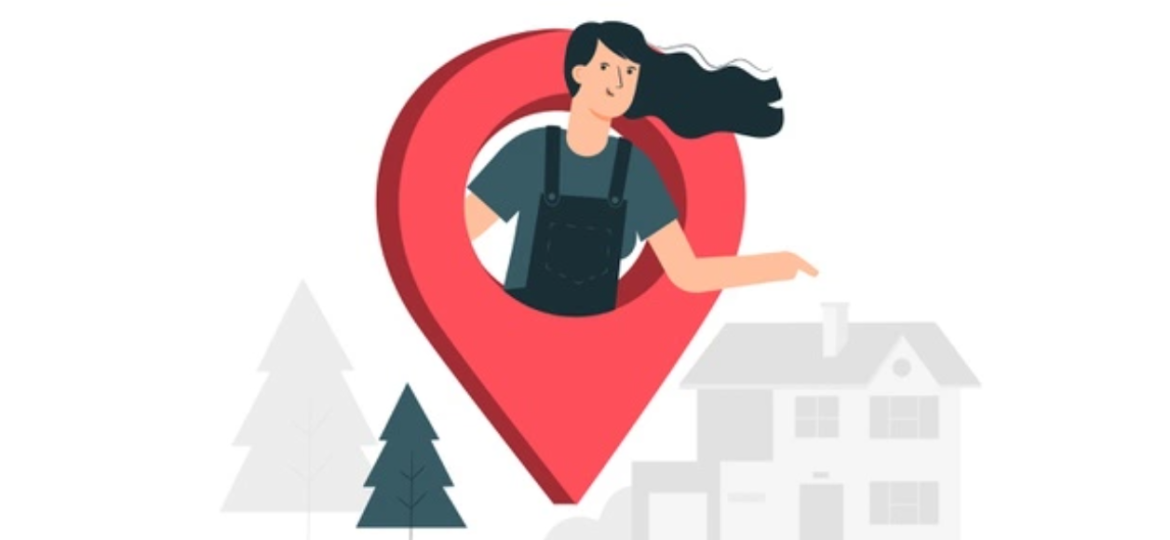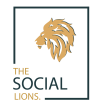
In a culture where quick gratification is increasingly prized, every marketer needs to understand location-based marketing. Indeed, it is one of the most important aspects that enables firms to target consumers on a personal, and a granular level based solely on their actual location.
Location-based marketing enables marketing team members to reach out to their target clients based on just proximity. Not to mention that it aids the buyer’s journey from discovery through purchase, as well as engagement and retention. In this blog, we will go over what location-based marketing is, how it works, and how to use it to generate meaningful interactions, as well as five examples of how businesses used practical methods to accomplish marketing success.
Location-based marketing is the practise of displaying relevant material to mobile device users depending on their present or previous location. Location-based marketing is also known as geo-targeting marketing, geolocation marketing, proximity-based marketing, and hyperlocal marketing.
Geofencing or geotargeting is a popular approach to use location data. For example, if customers visit a real estate office, the office might target a promotion to those users while they’re in the neighbourhood in the future to urge them to come in and buy a property or list their home for sale.
What is the Importance of Location-Based Marketing?
It’s difficult to overestimate the power of location-based marketing. Approximately 83 percent of marketers believe that using location data allows them to conduct more successful ads.
They gain in a variety of ways. This technology not only helps marketers win business, but it also enhances their customer connections. This is because marketers that utilise location-based advertising and marketing strategies have a better awareness of what their consumers want and can provide it in order to increase customer engagement and responsiveness.
How Does Location-Based Marketing Work?
You’re probably asking how to execute location-based marketing now that you’ve learned about the many sorts. To get you started, here are some geolocation marketing examples.
Proximity targeting allows you to reach out to your target consumers in real time in or near geofenced areas. For example, in real estate marketing, you may target leasing offices to attract the attention of renters.
Weather targeting allows you to target adverts and marketing campaigns based on current or forecasted weather conditions. It’s similar to how your neighbourhood corner store places umbrellas outside when it’s about to rain in order to increase sales.
Geo Conquesting is the practice of leveraging geographical data to outbid competitors for business. All you have to do is utilise location-based marketing to reach individuals near your competitors’ locations and attract them to visit the places you want them to visit.
You may market to individuals based on their location, online and offline activity, demographics, hobbies, and more via audience targeting.
You may also mix several location technologies to promote in-store traffic and brand recognition.
Examples and Case Studies of Location-Based Marketing:
As the following geolocation marketing case studies demonstrate, they were able to employ mobile location data to connect more intimately with individual consumers and encourage more of them to visit stores. More shop visits = more sales, which is a win-win situation for both organisations.
Example #1 of Location Marketing: Coach
Coach’s objective was to drive 20,000 in-store visits. The firm drove 76% of those visitors using location targeting, with the remaining 5% coming from consumers who saw advertising while in the area. Coach also employed audience targeting to reach previous visitors and those whose behaviour showed they may become clients, which drove the remainder of the visits. In addition, the firm adopted the CPV approach to only pay for validated visitors. In the end, the campaign generated 31,000 visits and a 16 % growth in interaction. Know more about location-based marketing by Coach.
Example #2 of Location Marketing : Toyota
Toyota coupled the CPV model with audience and location targeting in an attempt to enhance visits to specific dealerships by people who were likely to buy. The campaign resulted in 1,200 visits to the specified dealerships in the Tri-state area, as well as visits to additional dealerships, within a month. Find out more about Toyota’s geolocation marketing strategy.
https://www.saksfifthavenue.com/c/barneys-at-saks
Example #3 of Location Marketing: No Kid Hungry
No Kid Hungry is a year-round programme that raises donations through participating restaurants to prevent childhood hunger. The eateries tailored their advertisements to folks in the area, asking them to dine and give. Location and audience targeting resulted in 129,000 visits and a $1 million fundraising. Know more about No Kid Hungry and location marketing.
Example #4 of Location Marketing : Coca-Cola
Coca-Cola is now using location information to boost sales and improve operations.
One-third of its vending machines are now Internet-connected. The machines communicate data that tells the firm which machines are busiest, and the company utilises face recognition and contactless payment analysis to determine which beverages sell the best. The company was able to save money and enhance profits by fine-tuning supply chain management.
Coca-Cola plans to convert vending machines in poor nations into dedicated Wi-Fi hotspots in the future, turning them into community hubs and increasing income through proximity.
Example #5 of Location Marketing : New York’s Barneys
Barneys New York, a high-end US department store brand, has an incredibly advanced location-based marketing technique based on beacons.
Their dedicated app offers basic features to all customers, such as content publishing notifications and shop maps. Users who activate push notifications and location awareness, on the other hand, receive a slew of extra resources as they enter the related store’s geofence, including:
Recommendations for surrounding restaurants and activities, which encourages consumers to remain in the area and utilise the shop as an information centre, depending on goods in their digital basket or articles read via the brand’s digital magazine.
As you can see, location-based marketing has a lot of potential to increase the effectiveness of your marketing among the growing demographic of mobile device users. Get in touch with The Social Lions to learn more about how you can reach your target audience more successfully.

